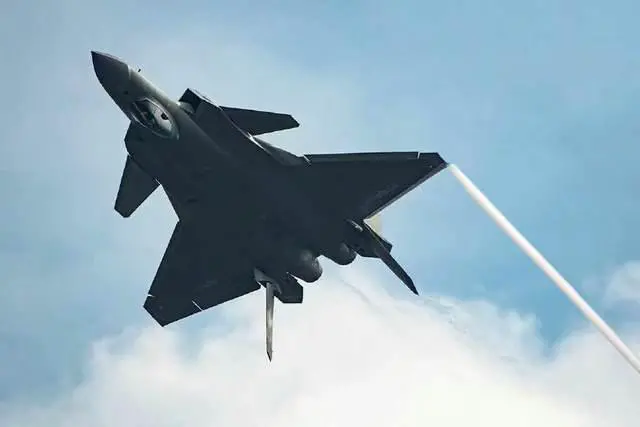U.S. National Aeronautics and Space Administration (NASA)'s senior Mars rover, Opportunity, recently used its navigation camera to take the component images of possible "rock stripes," NASA said Saturday.
In recent images from the Mars exploration rover, the ground texture resembles a smudged version of very distinctive stone stripes on some mountain slopes on Earth, which result from repeated cycles of freezing and thawing of wet soil, though it might also be due to wind, downhill transport, other processes or a combination, according to NASA.
As the rover, which landed on Mars in January 2004, reaches the 5,000th sol, or Martian Day, of what was planned as a 90-sol mission, it is investigating a channel called Perseverance Valley, which descends the inboard slope of the western rim of Endeavour Crater.
On some slopes within the valley, the soil and gravel particles appear to have become organized into narrow rows or corrugations, parallel to the slope, alternating between rows with more gravel and rows with less.
"Perseverance Valley is a special place, like having a new mission again after all these years," Opportunity Deputy Principal Investigator Ray Arvidson of Washington University in St. Louis was quoted as saying in a news release.
"We already knew it was unlike any place any Mars rover has seen before, even if we don't yet know how it formed, and now we're seeing surfaces that look like stone stripes. It's mysterious. It's exciting. I think the set of observations we'll get will enable us to understand it," Arvidson said.
The origin of the whole valley is still indefinite. Mars experts remain uncertain about whether this texture results from processes of relatively modern Mars or a much older Mars.
Team scientists are analyzing various clues that suggest actions of water, wind or ice. They are also considering a range of possible explanations for the stripes.
Other lines of evidences have convinced researchers that, on a scale of hundreds of thousands of years, Mars goes through cycles when the tilt or obliquity of its axis increases so much that some of the water now frozen at the poles vaporizes into the atmosphere and then becomes snow or frost accumulating near the equator.
"One possible explanation of these stripes is that they are relics from a time of greater obliquity when snow packs on the rim seasonally melted enough to moisten the soil, and then freeze-thaw cycles organized the small rocks into stripes," Arvidson said.
"Gravitational downhill movement may be diffusing them so they don't look as crisp as when they were fresh," the investigator said.
Perseverance Valley holds rocks carved by sand blowing uphill from the crater floor, and wind might also be the key to sorting larger particles into rows parallel to the slope.
(ASIA PACIFIC DAILY)
 简体中文
简体中文

